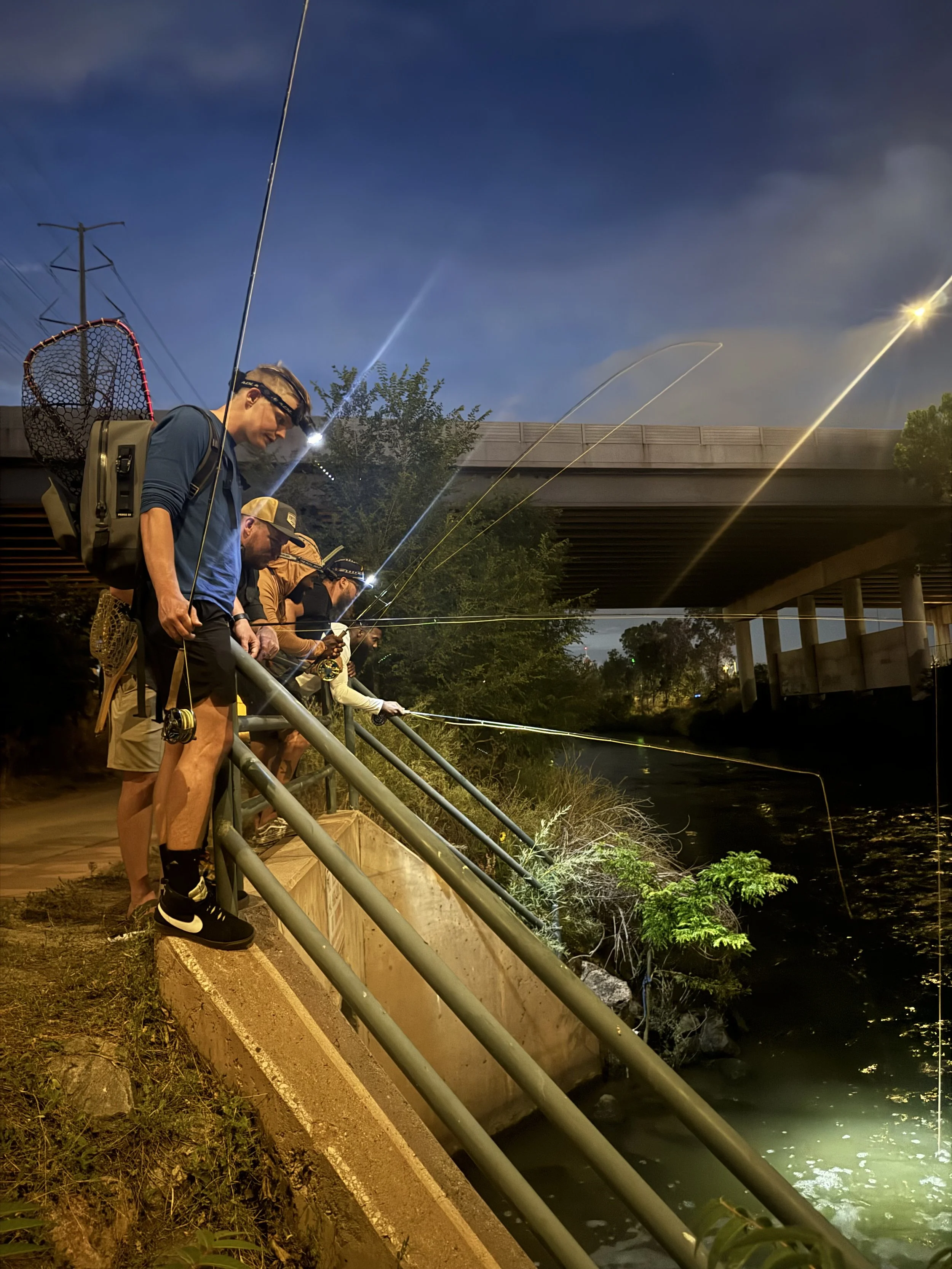"Why was I thinking about TU while fishing for largemouth bass? Well, the gray and white Clouser I was having the best luck with (9 crushing bass on my 4-wt before it was truly hammered) was Pat Oglesby’s. This was one of the flies I had selected from the table in back that Carol had put out at the truly inspiring memorial celebration she held in his memory. Attended by hundreds of people from across the state, it was amazing to see how Pat’s life had touched so many - a life of passion and service for Trout Unlimited, conservation, and youth education. So, while casting for warm water fish, I was thinking about Pat and the cold water fisheries he loved.
GVA supports these cold water fisheries through programs like Trout In the Classroom, Adopt-a-Trout, and conservation and education events for both youth and adults, as well as great community events. These are the things that Pat was passionate about and the things which those of us who get involved in GVA programs commit our time. Casting that Clouser I was thinking about this time, my passion for the TU mission, my vision for GVA in the future, and about trying to carry on the commitment to service that was the life of Pat. The amazing congregation of friends and family to celebrate at the memorial was evidence of Pat’s desire to help everyone with whom he came into contact, not only in their knowledge of fly-fishing, casting, or tying, or even in understanding why conservation is important, but in being better at living a life that matters.
So, whether it is while bass fishing, or teaching a kid to cast a fly, I challenge all of us to consider what a life of service can mean and how we can contribute, not just to the Chapter, but to the people, rivers, and places around us. How we can be more like a man that leaves an amazing legacy, and maybe a few effective flies behind…"
What does being a part of TU mean to you?
Being a part of TU for me is about being associated with a group that gets things accomplished, and accomplishes them well. It is about conserving our fisheries and assuring their long-term sustainability so that we can continue to catch gorgeous trout all across our beautiful country in the future, no matter what the climate, political or otherwise. It is about working together and sharing a beer on the river with fellow flyfishers who feel the way I do about protecting and restoring our native fisheries. And, to be clear, it is about fun, not Board meetings!
What else do you do in your spare time or work?






















